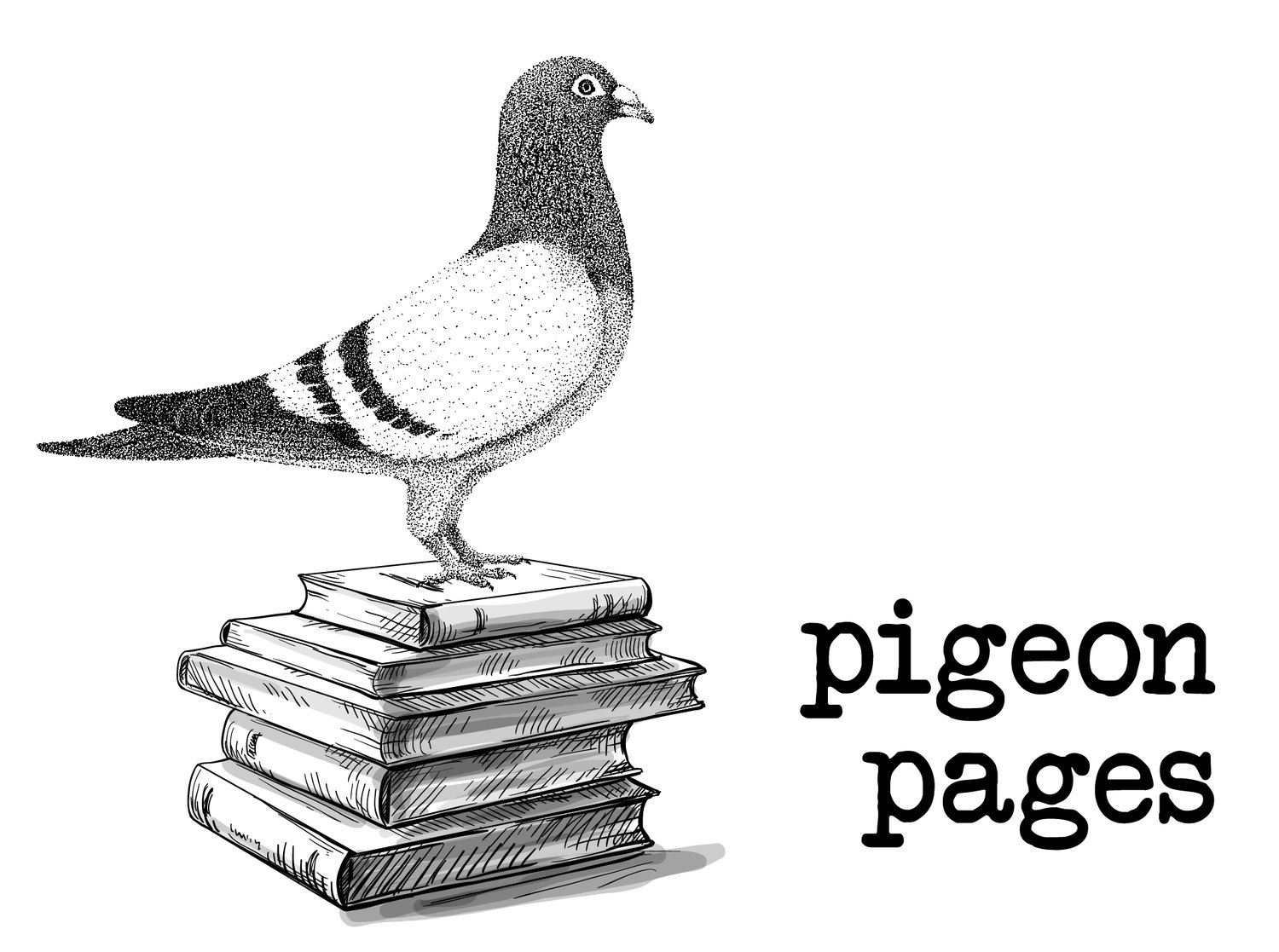Izhar Patkin, Gardens for the Global City, 1991. Oil stick on metal screen, with velvet. Overall: 72 × 48in. Whitney Museum of American Art, New York; gift of Irwin Schloss.
Myth of Icarus as Girl, Leaving
by Carlie Hoffman
That winter I left the religion with three other girls, my brother wailing
and wielding the dinner knives, infecting the music
with angry notes. The rabbit outside was incurable, hanging
in the invisible orchard by an invisible black cord. You could reach
your hand and touch a voice that dire, severed from Earth. Not music,
but the red fish swimming in the glass tank at night. There I float
in the Dead Sea and become pastoral. On Ben Yehuda Street
the siren blares. It was only a suitcase abandoned in the road.
The other girls and I take cover in a hookah shop. In the morning in Eilat,
we stretch our arms over the barbed wiring and into the blooming hot air
above Jordan until I am dehydrated, roaming the hotel lobby
in search of water—shoteh mayim said the bus driver who brought us
from Tel Aviv airport to Jerusalem where we prayed for hours
our bones grew new bones with little leaves. The other girls and I are making
this a song: drink water, shoteh mayim, until the ocean becomes our blood, we sang
hiking Masada, dried rocks cracking as they make their downward flight behind us.
This could kill me; will it kill me: Nothing like the prophets we learn about
in Sunday school, the thick burning smell seared into our clothes,
the sun’s yellow heat tongue-tips our hair. Beyond the acres of pepper fields,
the highways drag gasoline over our skin.
I plant a tree with the certainty my brother will reemerge from beneath the sea—
How many metaphors less damaging for escaping? How many times
did his call puncture my solitude—the air spinning all around his body,
the holiday meal ruined, the rabbit in the orchard, the fish watching
from the other side of their mirrored life; it seems
the fish keep swimming across the other side of our flooding world.
Published March 9, 2025
Carlie Hoffman is the author of the poetry collections One More World Like This World (Four Way Books, 2025); When There Was Light (Four Way Books, 2023), winner of the National Jewish Book Award; and This Alaska (Four Way Books, 2021), winner of the Northern California Publishers and Authors Gold Award in Poetry as well as a finalist for the Foreword INDIES Book of the Year Award.Hoffman is the translator from the German of both Selma Meerbaum-Eisinger’s Blütenlese [Harvest of Blossoms], forthcoming from World Poetry Books, and White Shadows: Anneliese Hager and the Camera-less Photograph (Atelier Éditions, 2025), and the poems of Rose Ausländer. Hoffman’s other honors include a 92NY Discovery/Boston Review Poetry Prize and a Poets & Writers Amy Award. She is the founder and editor-in-chief of Small Orange Journal.
Izhar Patkin has lived in the United States since 1977, first coming to prominence in the mid-1980s with his iconic Black Paintings, an inventive visual adaptation of Jean Genet's play The Blacks: A Clown Show. As a painter and sculptor, Patkin works in a narrative form, often drawing upon historical and cultural material to make complex visual metaphors. He imaginatively uses materials to achieve novel effects. For an exhibition in 1994 at Holly Solomon Gallery in New York City, Patkin included a 14-foot high sculpture of the Hindu god Shiva made from colored glass as well as six paintings depicting man’s expulsion from the primal garden. In his works on paper exploring the history of the Mendelssohn family, a Jewish family in Berlin around 1769 well-known for their cultural and artistic contributions, Patkin developed a trademark technique of stenciling, cutting, weaving, folding, and bending the paper.
Patkin's major mid-career museum survey "The Wandering Veil," was shown at MASS MoCA in North Adams, the Tel Aviv Museum, and The Open Museum in Tefen, Ireland. His work has been included in exhibitions at Centre Pompidou, The Stedelijk Museum, MoMA PS1, Kustverein Stuttgart, among others. His work was also featured in the 1990 Venice Biennale and the 1987 Whitney Biennial.

